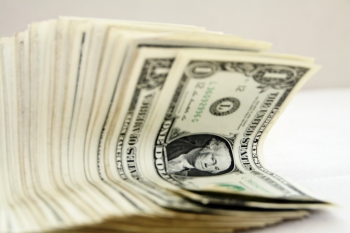
You can benefit from energy-efficient financing whether you're buying, selling, refinancing, or remodeling a home. If you're shopping for an energy-efficient home, an energy-efficient mortgage (EEM) can help you qualify for a more expensive home. The EEM takes into account lower utility costs, so you can afford a slightly larger mortgage payment.
Energy-Efficient Financing Programs
You can apply for energy-efficient financing through a government-insured or conventional loan program. Some states have programs specifically for their residents -- contact your state energy office for information.
There are EEMs designed for both new homes and existing homes. With an EEM, you can purchase or refinance a home that is already energy-efficient or you can purchase or refinance a home that will become energy-efficient after energy-saving improvements. Most energy-efficient financing programs offer both types of EEMs, as well as home-improvement loans for making energy-efficiency upgrades to your existing home.
Home Energy Rating
A home energy rating will help you qualify for an EEM by telling you and the lender how energy-efficient the home is. A rating typically involves an energy audit by a professional energy rater who is certified under an accredited home energy rating system (HERS). The Residential Energy Services Network (RESNET®) has integrated most HERS raters, although California has its own HERS regulations. Your home will be rated on a scale of 0 to 150, with a lower score indicating a more energy-efficient home.
An energy rater will inspect the energy-related features of your home, such as insulation levels, window efficiency, heating and cooling systems, and air leakage. After the inspection, the energy rater will provide a report that includes the home's energy rating and an estimate of annual energy use and costs. The report also may recommend energy upgrades, estimate their costs, and calculate the potential annual savings and payback (the time it takes the improvements’ savings to equal their cost).
To help qualify for most energy-efficient financing, the report must show that the home is energy-efficient—or will be after the recommended upgrades—and that the improvements are cost-effective. The upgrades will save you more money than you're borrowing to implement them, and a lender can recognize these savings and add the cost of the improvements into the mortgage. Or, if the home is already energy-efficient, the lender can stretch the debt-to-income qualifying ratio.
Learn More
- Residential renewable energy tax credit
- Federal tax credits for all-electric and plug-in hybrid vehicles
- Search for state and local incentives
- Energy efficient home design
- Professional home energy audits
- Whole-house systems approach
- Ultra-efficient home design
- Building and home design products and services
Links


